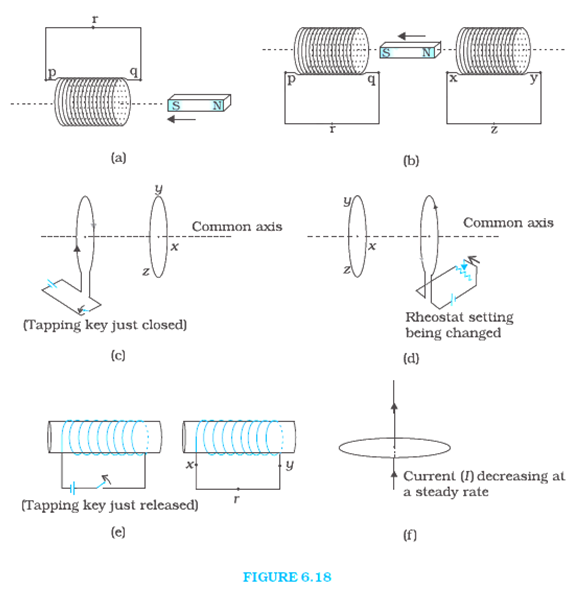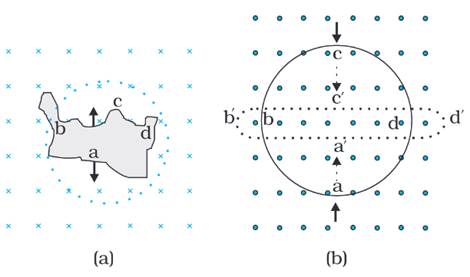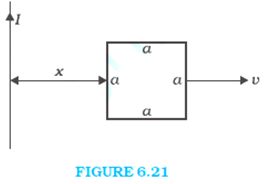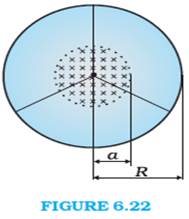Solution of Chapter 6. Electromagnetic Induction (Physics Part-I Book)
Chapter Exercises
Exercises
Additional Exercises
13
It is desired to measure the magnitude of field between the poles of a powerful loud speaker magnet. A small flat search coil of area 2 cm2 with 25 closely wound turns, is positioned normal to the field direction, and then quickly snatched out of the field region.
Equivalently, one can give it a quick 90° turn to bring its plane parallel to the field direction). The total charge flown in the coil (measured by a ballistic galvanometer connected to coil) is 7.5 mC. The combined resistance of the coil and the galvanometer is 0.50![]() . Estimate the field strength of magnet.
. Estimate the field strength of magnet.




